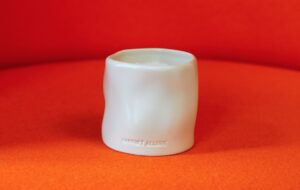|
|
||
|
In Santiago, Chile, history matters. When the Diego Portales building was damaged in 2006, the Chilean government commissioned the Gabriela Mistral Cultural Centre as both a renovation of the Portales site and a home for Chilean art in all its guises.
It was a sensitive project. The Diego Portales building was designed in 1972 as a symbol of Salvador Allende’s Marxist government, but instead it rose to prominence as the government seat of the Pinochet dictatorship. In spite of the nation’s return to democracy in 1990, the site remained a stark reminder of the history of secrecy, repression and violence in Pinochet’s Chile. The opportunity to regenerate the Portales building was a welcome one and the task was handed to Cristian Fernandez Arquitectos and Lateral, Arquitectura & Diseño. Although the Gabriela Mistral Cultural Centre is built from the same oxidised steel, wood and bare concrete that characterised the Portales building, the centre has been designed with a new emphasis on transparency: a term with considerable symbolic cachet in post-Pinochet Chile. Large glass panels open the centre up to its surroundings, and natural light is allowed to flood into the building. Inside, the centre is resolved into a series of bright, open spaces that house a theatre, concert hall and a library. “Our idea was to create a building appropriate to its environment,” says project architect Sebastián Baraona of Lateral, Arquitectura y Diseño. Early on, the architects installed a vast, perforated-steel deck, which dramatically overhangs the buildings upon which it perches. Under this deck is laced a network of pedestrian spaces and the whole area is dappled by the light admitted through the canopy’s steel perforations. “What has been built is the first of three stages of the project,” explains Baraona. Yet to come are an auditorium for 2,000 people and a redesign of the surviving Diego Portales tower. “Today we see a building that was closed to the public for 30 years and we’re met with bright, open spaces of great social impact,” says Baroana of the transformation.
|
Image Nicolas Saieh
Words Oliver Stratford |
|
|
||


















